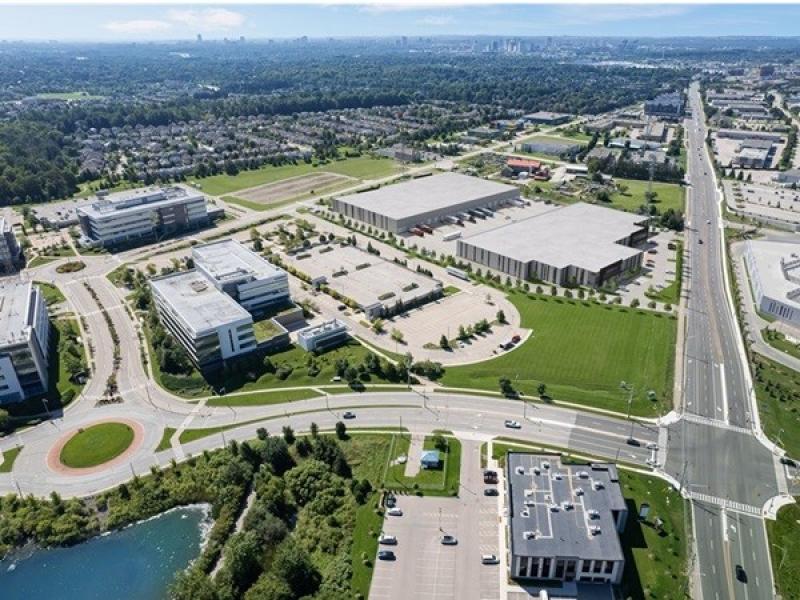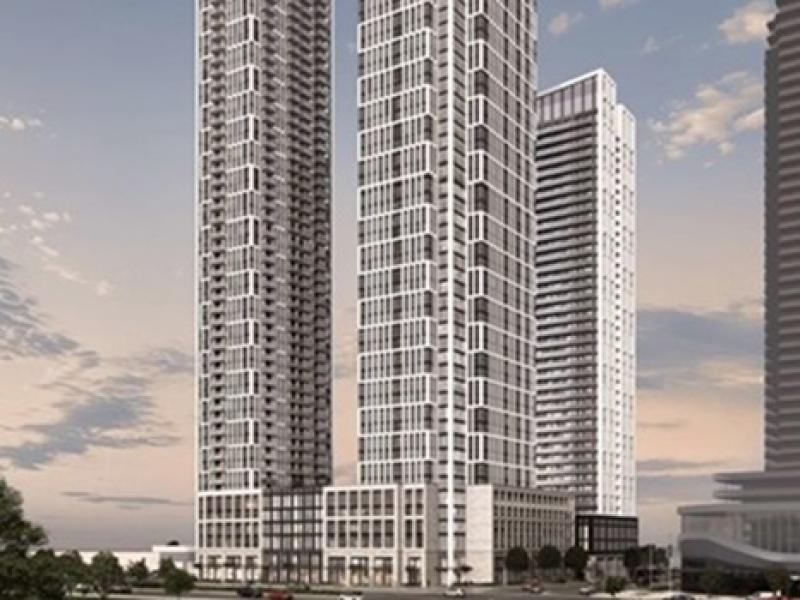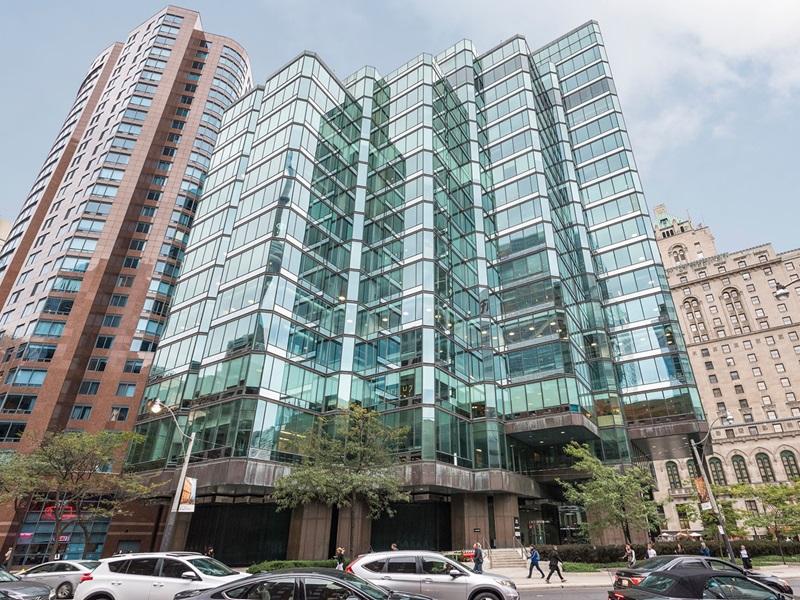
As Canada Lands Company (CLC) marks its 30th year, the Crown corporation is as busy as it has ever been, shepherding land sale and development initiatives planned to lead to tens of thousands of new homes across the country on excess federal property.
A self-financing Crown corporation with a commercial mandate, CLC has come a long way since it was first launched to transfer unneeded land from Canadian National rail properties.
CLC transforms former Government of Canada properties and reintegrates them into local communities through real estate management and development, leasing and sales activities. It also owns four attractions: Old Port of Montreal; Montreal Science Centre; and the CN Tower and Downsview Park in Toronto.
The Toronto-headquartered company’s team of more than 100 people currently manages 23 real estate projects from coast to coast and has 1,090 acres of land under development.
“We can partner a lot more easily with the private sector to make it go faster than a government agency,” president and chief executive officer Stéphan Déry told RENX in an interview.
CLC acquires those properties at market value and operates like a private developer to ensure economic viability and financial autonomy without government subsidies. Profits are returned to the government in the form of a dividend.
Providing affordable housing
“We want to remain financially viable, but we're not here to make a profit at all costs,” Déry explained. “We're innovating from an environmental perspective and an affordability perspective.”
The company has enabled more than 15,000 residential units, including 3,000 affordable units, since 2016. It helped enable more than 4,100 new units, 35 per cent of which were affordable, in the past year alone.
“All of our projects will have 20 per cent affordable housing, which is quite a distinction from other builders,” Déry said. “We want to make mixed-use communities that have all walks of life.”
CLC has set a goal to enable 49,000 housing units by 2031.
The 2024 federal budget made five parcels from the company’s portfolio available to the not-for-profit housing market on a non-commercial, low-cost, long-term land lease basis through Canada Mortgage and Housing Corporation’s Federal Lands Initiative. The program aims to expedite development of an estimated 700 affordable units in Calgary, Edmonton, Ottawa, Toronto and Montreal.
“There's a housing crisis and we want to contribute to helping resolve it,” Déry said. “Canada Lands can bring federal land to good use by creating mixed-use communities for the benefit of Canadians.”
That 2024 budget also authorized the transfer of properties to CLC at below market value, which will allow it to pass those savings on to builders to boost the number of affordable homes being constructed.
Downsview Lands
CLC’s largest development — and one of the largest in North America — is underway at Downsview Lands, a transformation of the former Canadian Forces Base Toronto property located north of Highway 401 between Keele and Bathurst streets. It surrounds Downsview Park.
Stanley Greene, a master-planned community with more than 1,350 homes across 59.8 acres, is complete.
Downsview West, a transit-oriented development encompassing 74 acres that is to include 8,800 homes and 1.2 million square feet of employment space (including an existing 800,000-square-foot depot building), is going through the entitlement process.
Arbo is a 62-acre site planned to feature 4,300 homes and a mature woodlot. The 1,700-home first phase (including 300 affordable units) is going through entitlements while future phases are in the pre-planning stage.
“The vision around Arbo is a mixed-use community with a mix of housing types and tenures,” CLC Central Region real estate vice-president James Cox told RENX.
This will include seniors housing, potentially a condominium component, and commercial and retail space.
Allen West is a 28-acre future development site that's expected to offer 3,200 homes. Downsview East is a 58-acre future development site which is to provide 6,700 homes. CLC is exploring interim uses for the property.
Downsview Lands also includes Park Commons, which incorporates a Centennial College campus, Downsview Park Sports Centre, the Scotiabank Pond arena and Toronto Football Club’s BMO Training Ground. CLC would also like to add student housing to Park Commons.
Other present and past projects
Other active development projects include Currie in Calgary and Wellington Basin in Montreal. A large pipeline of future properties exists, including potential acquisitions in the Ontario cities of St. Catharines and Windsor.
“We’ll probably see more office buildings, more infill in the centres of cities, maybe post offices,” Déry suggested.
Other highlights of CLC’s first 30 years are:
- the 1997 sale of CityPlace Toronto, which has become home to almost 20,000 people;
- the 2018 sale of 1 Front St. W. in Toronto, CLC’s largest-value sale to date;
- transforming the 24-acre Les Bassins du Nouveau Havre site on Montreal’s Lachine Canal into a mixed-use community with more than 2,000 residential units;
- creating Garrison Woods, a 175-acre neighbourhood on the eastern portion of the former Canadian Forces Base Calgary site, with approximately 1,600 housing units and 70,000 square feet of retail space;
- developing 350 homes in the 16-acre River’s Edge neighbourhood that was formerly part of Canadian Forces Base Chilliwack in British Columbia;
- and the 2020 acquisition of a parking garage at 200 Queens Quay W. in Toronto that was demolished and will accommodate 1,000 residential units.
Agreements with First Nations
CLC has six agreements with 13 First Nations in five cities, with some partnerships spanning more than a decade.
The company has a 50-50 partnership with the Musqueam, Squamish and Tsleil-Waututh peoples for Jericho Lands, a 90-acre site on the west side of Vancouver that’s proposed to include:
- approximately 13,000 new homes, including 20 per cent social housing and 10 per cent secured rental housing;
- commercial spaces accommodating around 3,000 jobs;
- a new SkyTrain station;
- a community centre, a public elementary school, five childcare facilities with almost 500 spaces, Indigenous social and cultural spaces, and a non-traditional library or House of Learning;
- and 30 acres of parks and open spaces.
Wateridge Village in Ottawa and the 160-acre Naawi-Oodena in Winnipeg are other examples of partnerships with Indigenous groups.
“Reconciliation was quite important to the previous government,” Déry noted. “If it's important to the government, it’s important to us.”







